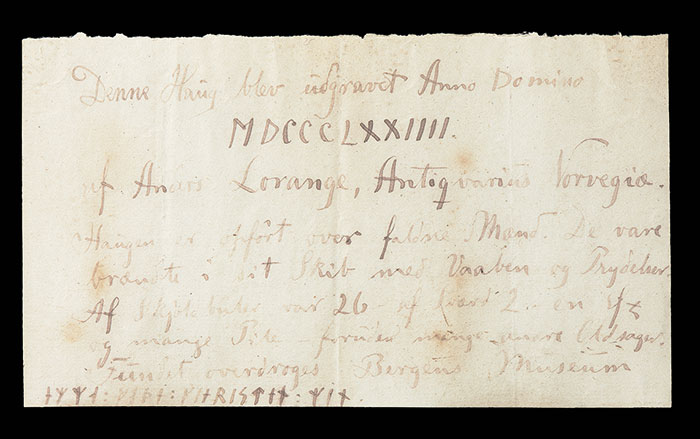OSLO, NORWAY—Science Nordic reports that archaeologists Steinar Solheim and Per Perrson of the University of Oslo have studied more than 500 radiocarbon dates taken from charcoal found in more than 150 Stone Age settlements around Oslo Fjord to create a model of the region’s population between 8000 and 2000 B.C., as the climate changed after the last Ice Age. “It was probably a bit warmer than it is today,” Solheim said. “We see a lot of hazel, alder, elm, and later oak, all of which are tree species that prefer warmer environments.” The model suggests the population was stable over time, even through a period marked by an extreme drop in global temperatures that began around 6000 B.C. and lasted for several centuries. The study also suggests people may have been more mobile at the beginning of the period than they were at the end of the Stone Age. “Eventually, you get a network of settlements, where some places are more specialized for hunting or fishing or for other resource use,” Solheim explained. To read more about archaeology in Norway, go to “Letter From Norway: The Big Melt.”
Oslo Fjord’s Stone Age Settlements
News May 10, 2018
Recommended Articles
Artifacts November/December 2025
Viking Chess Piece
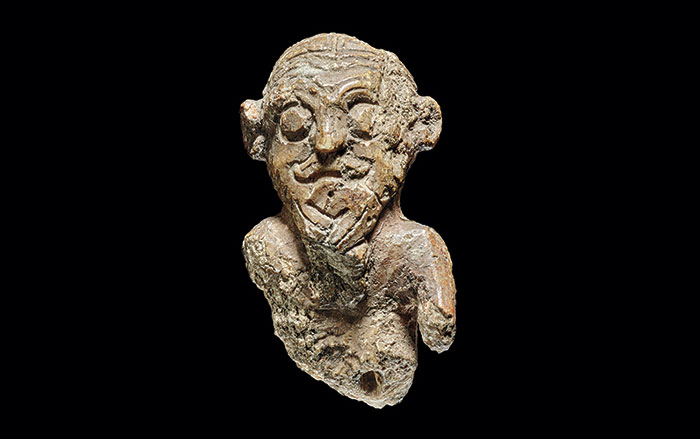
Digs & Discoveries September/October 2025
Nordic Metal

Features July/August 2025
Setting Sail for Valhalla
Vikings staged elaborate spectacles to usher their rulers into the afterlife

-
Features March/April 2018
The Viking Great Army
A tale of conflict and adaptation played out in northern England
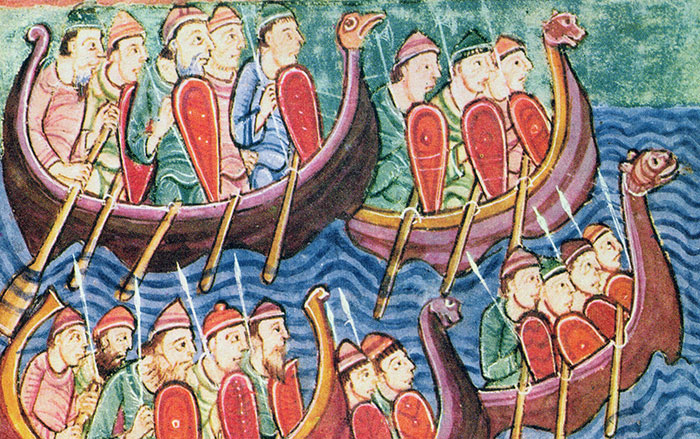 (Bymuseum, Oslo, Norway/Index/Bridgeman Images)
(Bymuseum, Oslo, Norway/Index/Bridgeman Images) -
Letter From Hungary March/April 2018
The Search for the Sultan’s Tomb
How archaeologists trying to locate the final resting place of Suleiman the Magnificent uncovered the remains of a crucial outpost of the Ottoman Empire
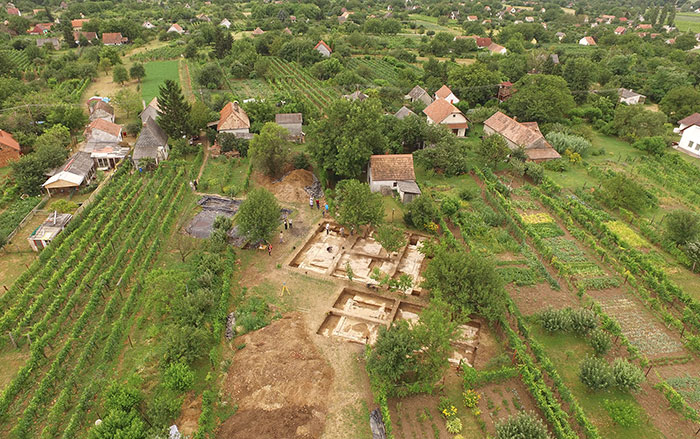 (Courtesy András Szamosi)
(Courtesy András Szamosi) -
Artifacts March/April 2018
Sgraffito Slip-Decorated Plate
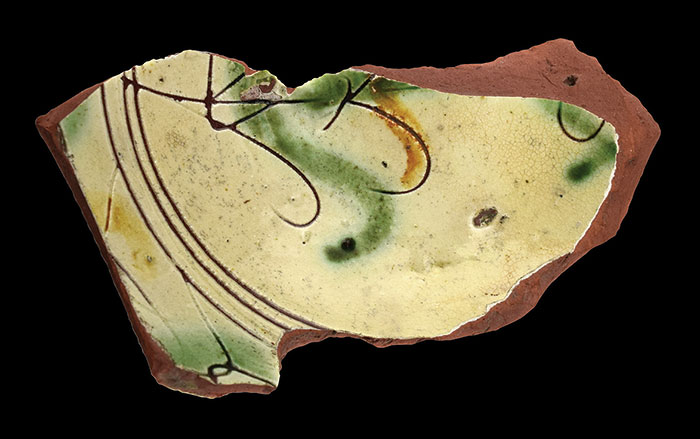 (Courtesy Joe Bagley/Boston Landmarks Commission)
(Courtesy Joe Bagley/Boston Landmarks Commission) -
Digs & Discoveries March/April 2018
The Mesopotamian Merchant Files
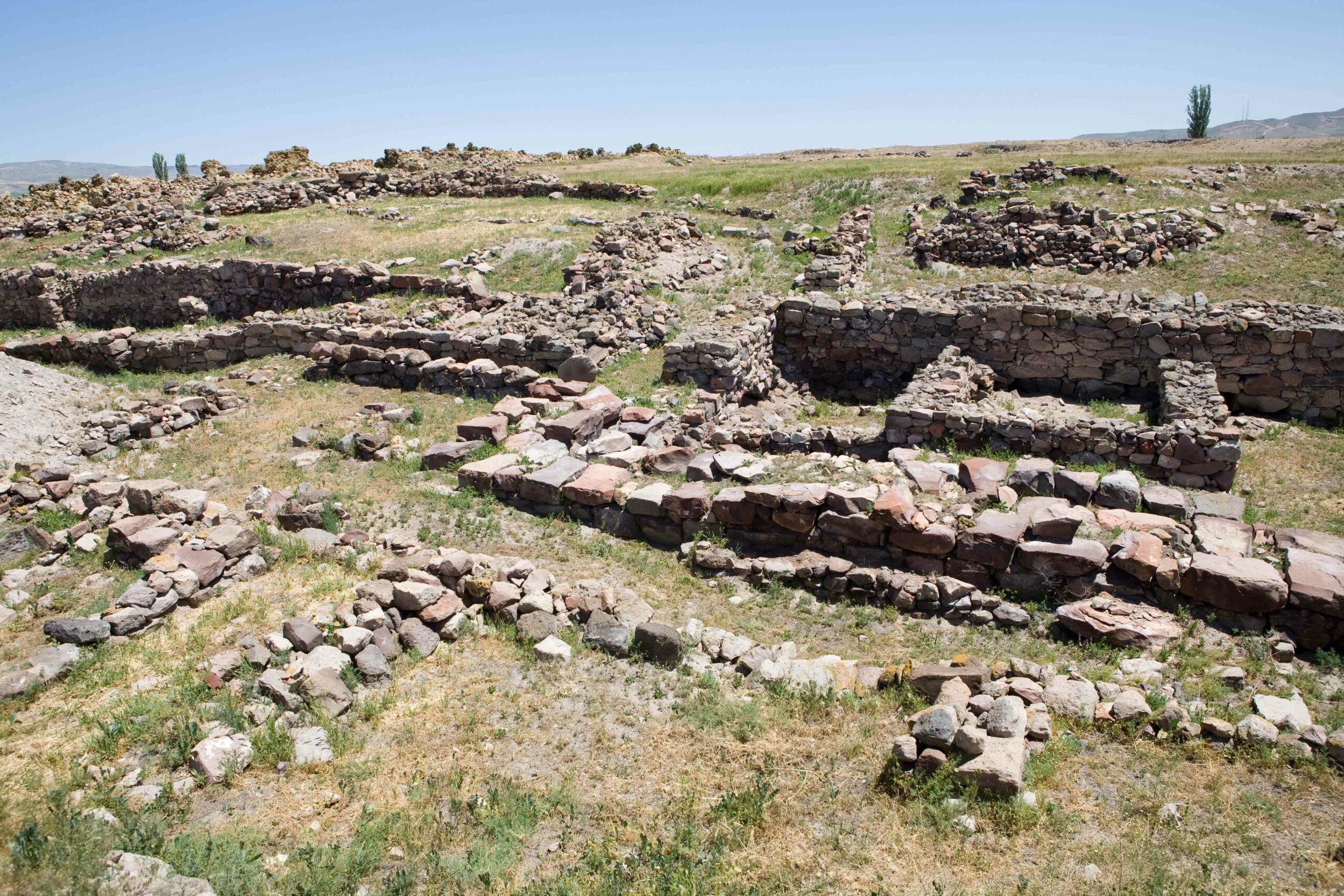 (Mike P. Shepherd/Alamy Stock Photo)
(Mike P. Shepherd/Alamy Stock Photo)


